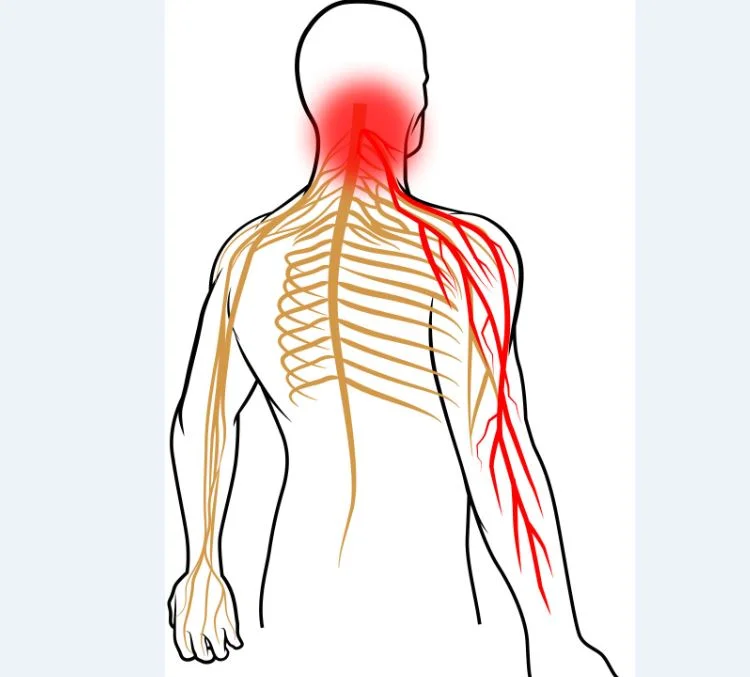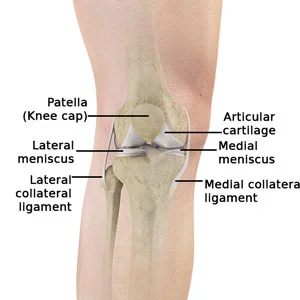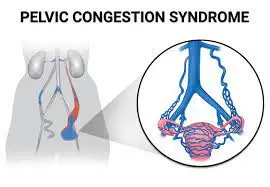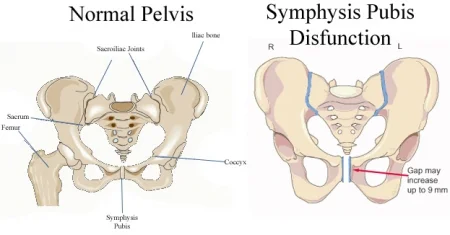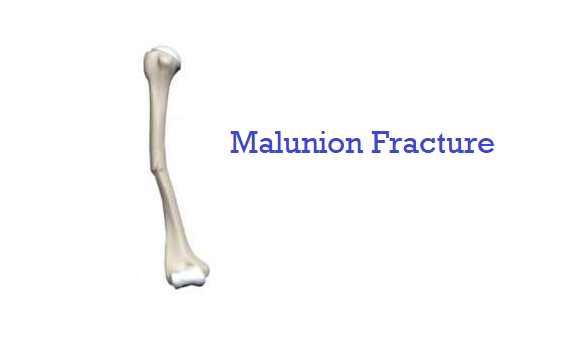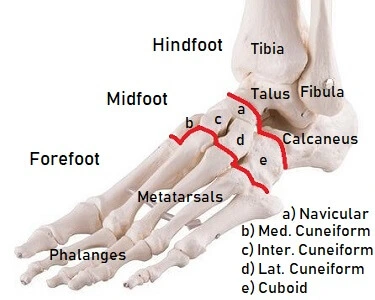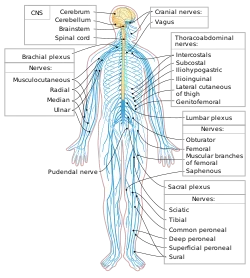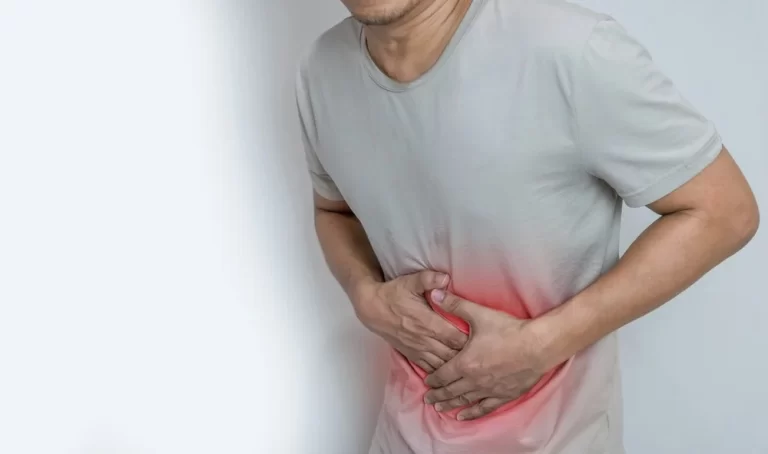Sternum bone
Introduction The sternum is the centrally located anterior portion of the chest wall and is a partially T-shaped vertical bone. There are three anatomical divisions in the sternum: the manubrium, body, and xiphoid process. The anterior rib cage’s costal cartilage connects the sternum to the ribs. The xiphoid process is the narrower distal segment that…


